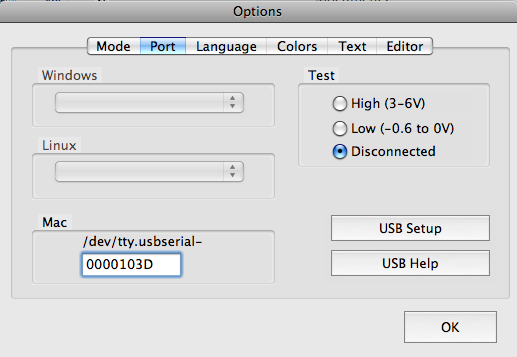Here’s a photo of a raspberry pie.
Okay, I think it’s about time to get into Raspberry Pi, and here are my initial thoughts on the matter.
http://www.raspberrypi.org/
I’m not really the early-adopter type, and my own motivation is very much about producing stuff, i.e. content, rather than being at the bleeding edge of technological innovation, so I generally prefer to let technologies mature a bit before jumping in.
I’m not exactly a Linux noob anymore and certainly not a programming noob but have yet to take the plunge with RaspPi.
The oft-repeated price tag of $24 is a little misleading, of course, as there are a few other elements needed to make it an actual working unit. I’m not having a go by any means but the entry price need to include power supply, optional case, cabling and storage. The revised model “B” now has 512Mb RAM and is the only model I am interested in as the model “A” does not have Ethernet and that is one of the most compelling reasons for implementing FMTV with the RaspPi.
To recap after the Missing Link hiatus, what I was originally trying to make was a self-contained box to control and synchronise CHDK-hacked cameras for the purpose of capturing timelapse video and/or stills.
The TCP/IP interfacing was by far the most difficult aspect, and when the RaspPi popped up it seemed like a much option as a general purpose controller as it can be programmed at a much higher level with Linux which also makes it easily networkable and reprogrammable in-situ.
The downside is the cost, but only when compared with my original bare-bones design, and that never came to fruition as originally conceived.
On Amazon UK my basket came to £99.63 with Model B 512Mb, power supply, plastic case, HDMI cable, pre-loaded Raspbian “Wheezy” on 16Gb SDHC card, camera module, rubbery USB keyboard & USB WiFi adaptor. This is for a fairly complete kit of parts with which to experiment and a conceivable FMTV “module” probably could be configured for half that cost. I’ll post more about this once I have my first one up and running. I can’t choose the cheaper and smaller model A as it does not have Ethernet and my ideal configuration includes a networkable interface that can be addressed remotely for capturing over a network and/or remote control. For just the Model B (£31.19) and power supply (£3.50) with no case and a 8Gb card (£8.75), it comes in at a minimum total of £43.44.
I never did get to a manufacturing cost estimate for the original microcontroller-based design but, although it would have been a lot less, the additional functionality and convenience makes RaspPi compelling especially as I am not an electronics engineer and the circuit design was way out of my comfort zone.
So, why the camera when I’m already using CHDK-hacked still cameras? Well, it appears to be a relatively high-quality mobile phone camera and if it’s anything like the iPhone 4s camera, a pretty good wide angle camera that could be very good for timelapse capture.
There is also the NOOBS pre-configured, bootable 8Gb card, designed to make first-time use a lot easier.
http://www.raspberrypi.org/archives/4100
Anyway, I’ll let you know pretty soon how I get on. I might even post one of those weird unboxing videos.








![The Secret Life of Thinks - Timelapse Video [www.keepvid.com]](https://fmtvmissinglink.files.wordpress.com/2011/03/the-secret-life-of-thinks-timelapse-video-www-keepvid-com.jpg?w=640&h=360)

